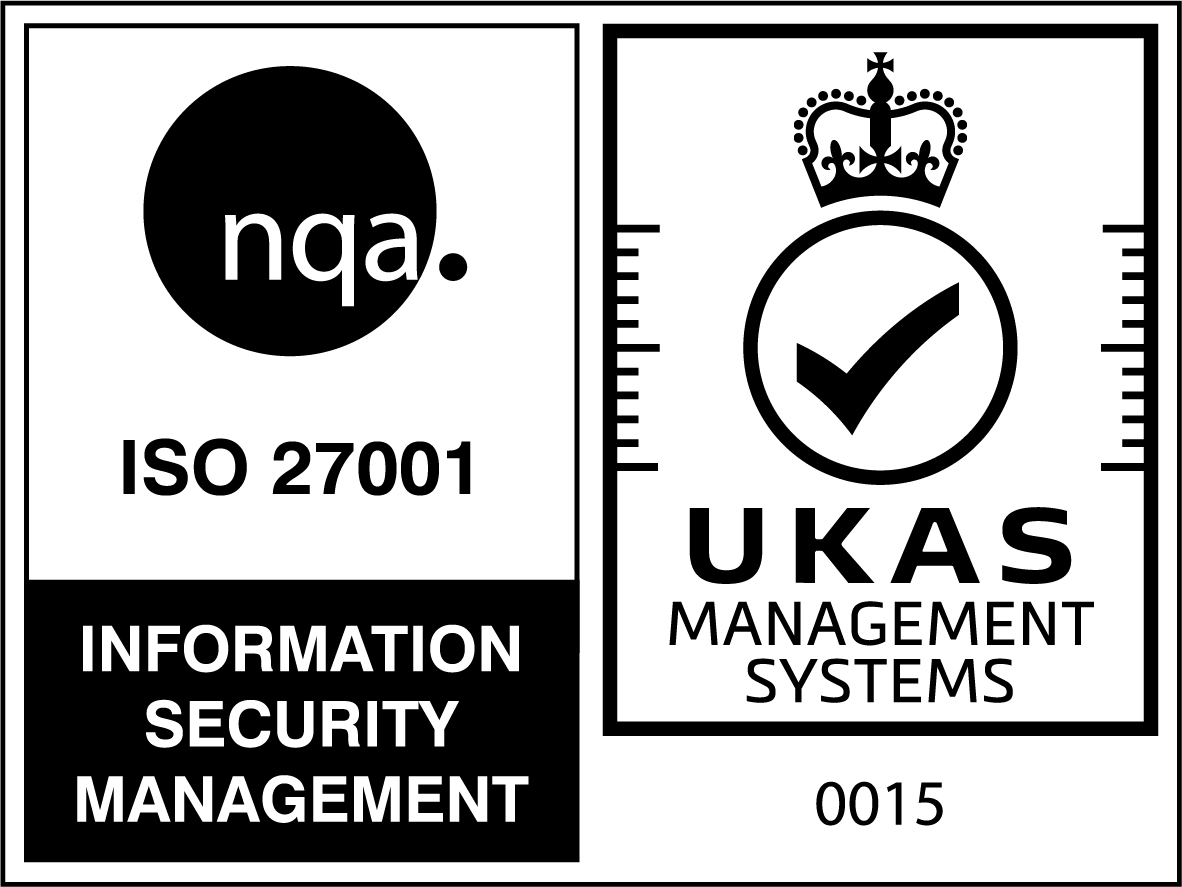Data fabric: The missing piece in your business strategy puzzle
Data fabric has become a trending topic among data leaders. Discover why and explore the benefits of this innovative approach to data management.

The revolutionary approach to data management and integration
Data has become an essential asset for businesses of all sizes, as the volume and variety of data available continues to grow exponentially. To remain competitive and adapt to changing market conditions, businesses must be able to leverage data effectively to gain insights and make informed decisions.
However, managing and leveraging data effectively can be a significant challenge for businesses. Data is often stored in disparate systems, making it difficult to access and analyse in a meaningful way. Additionally, data quality issues, privacy concerns, and regulatory compliance requirements can all pose obstacles to successful data management.
To address these challenges, a new approach to data management has emerged: the data fabric. If you’re not familiar with this concept, we’re here to help. So keep reading!
What is data fabric?
According to Gartner, by 2024 data fabric deployments will quadruple efficiency in data utilisation, while cutting human-driven data management tasks in half. So it’s absolutely vital to understand what this concept actually means.
A data fabric is a modern approach to data management that provides a unified, integrated view of an organisation’s data, regardless of where it is stored or how it is accessed.
Unlike traditional data management approaches, which often involve siloed systems and manual processes, a data fabric enables automated data integration, analytics, and governance, helping businesses to unlock the full potential of their data and gain a competitive edge.
At its core, a data fabric has four key components:
- metadata – serving as the foundation of the data fabric, providing a common language and context for data across the organisation
- data services – providing a way to access and consume data
- data integration – enabling seamless data movement and transformation
- data governance – ensuring that data is managed and used in a compliant and secure manner
What are the benefits of data fabric for your business strategy?
As organisations increasingly recognise the value of their data, the need for an effective data management strategy becomes ever more critical. A data fabric approach offers several benefits to help businesses meet this challenge and achieve their strategic objectives.
- Improved data accessibility and collaboration
With a data fabric, data is integrated and accessible across the organisation, making it easier for teams to collaborate and share insights. This enhanced data accessibility enables employees to make more informed decisions and improve overall performance. A sales team can use customer data to identify opportunities for upselling and cross-selling. An operations team can use data to optimise supply chain management.
- Enhanced decision-making and insights
Data fabric provides a unified view of an organisation’s data, allowing for better and faster decision-making. It also enables more advanced analytics, such as predictive modelling and machine learning, which can uncover deeper insights and drive more informed business decisions. A marketing team can use customer data to develop more targeted campaigns and promotions. A finance team can use data to identify cost-saving opportunities and optimise budgets.
- Accelerated innovation and competitive advantage
By providing a comprehensive view of data, a data fabric can help organisations identify new opportunities for innovation and gain a competitive advantage. It enables businesses to quickly and easily test new ideas, products, and services by leveraging their existing data resources. A product team can use customer data to develop new products that better meet customer needs. A research and development team can use data to identify emerging trends and technologies.
- Reduced costs and increased operational efficiency
By automating data management processes and reducing duplication of effort, a data fabric can help reduce costs and increase operational efficiency. It enables businesses to more effectively manage their data resources, reducing the need for manual intervention and streamlining workflows. This can free up resources to focus on more value-added activities, such as analysis and innovation.

How to implement data fabric in your organisation?
To implement this approach, businesses need to follow a structured process that takes into account their unique goals, requirements, and existing data landscape. And this involves several key steps:
- Assessing your current data landscape
The first step in implementing a data fabric is to assess your current data landscape. This involves understanding the types of data you have, where it resides, and how it’s currently being used. It also involves identifying any data quality or governance issues that need to be addressed.
- Identifying goals and requirements for data management
If you have a clear understanding of your current data landscape, the next step is to identify your goals and requirements for data management. You’ll have to define your data strategy, including your vision for how you will use data within your organisation. And you’ll need to establish clear objectives for what you want to achieve with your data fabric approach.
- Selecting the right data fabric technology and vendor
With your goals and requirements in mind, the next step is to select the right data fabric technology and vendor. This involves evaluating different vendors and their solutions, taking into account factors such as their ability to integrate with your existing systems, their scalability and performance, and their data governance and security capabilities.
- Developing a phased implementation plan
Once you’ve selected your data fabric technology and vendor, the next step is to develop a phased implementation plan. This involves breaking down your implementation into smaller, manageable phases, each with its own set of deliverables and timelines. It’s important to prioritise areas where you can achieve quick wins and demonstrate the value of your data fabric approach to key stakeholders.
- Establishing data governance and compliance policies
Finally, it’s essential to establish data governance and compliance policies to ensure the effective and responsible use of data within your organisation. This involves developing policies and procedures for data access, sharing, and protection, as well as ensuring compliance with relevant regulations and standards.
Data fabric in action: eBay
To see the benefits of data fabric in action, let’s look at a real-world example of a company that has successfully implemented this approach.
eBay is one of the largest e-commerce companies in the world, with over 185 million active buyers and sellers. They needed a way to integrate data from multiple sources, including their website, mobile app, and third-party vendors, to provide a seamless user experience and gain insights into customer behaviour.
To achieve this, eBay implemented a data fabric approach using Apache Hadoop and Apache Spark as the foundation. This allowed them to bring together data from a variety of sources and create a single, unified view of their customers. With this approach, eBay was able to:
- Improve the performance of their website and mobile app by using real-time data to optimise user experience
- Gain insights into customer behaviour and preferences, which enabled them to offer more personalised recommendations and promotions
- Reduce the time and effort required to analyse data by automating data integration and management processes
Final thoughts
Looking ahead, the future of data fabric is bright. Emerging technologies such as edge computing, blockchain, and cloud-native architectures are set to further accelerate its adoption and evolution. Artificial intelligence and machine learning will also play a key role, enabling more advanced analytics, automation, and decision-making capabilities.
To realise the full potential of data fabric, organisations must embrace a data-driven culture and mindset, and continuously adapt to technology trends. By doing so, they can leverage data fabric as a strategic enabler of their digital transformation journey. And ultimately achieve long-term success in today’s data-driven world.
We take pride in our partnership with DesignRush, highlighting our dedication to providing exceptional data solutions. To learn more about our extensive expertise and the range of data services we offer, you can find Braidr listed among the top big data companies on DesignRush.
If you want to learn how to transform your data into business growth, get in touch with our team.
Considering sharing with others


)